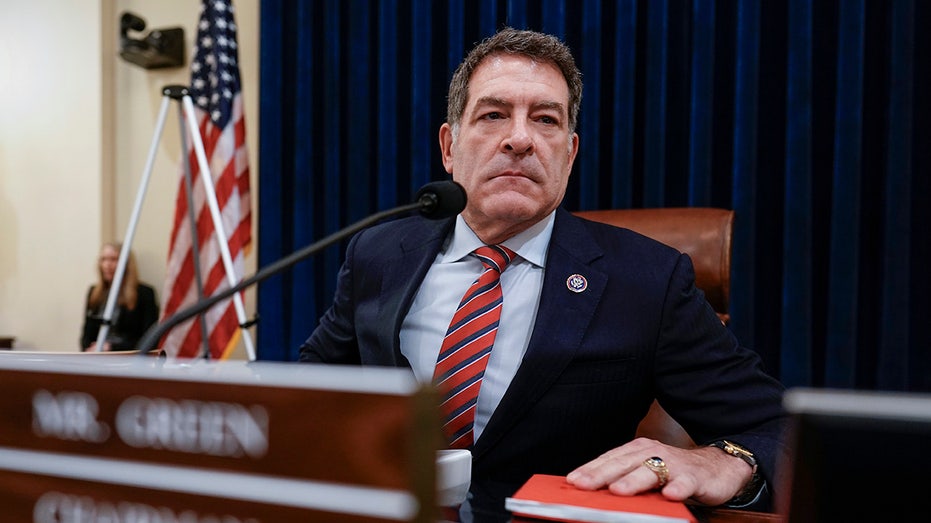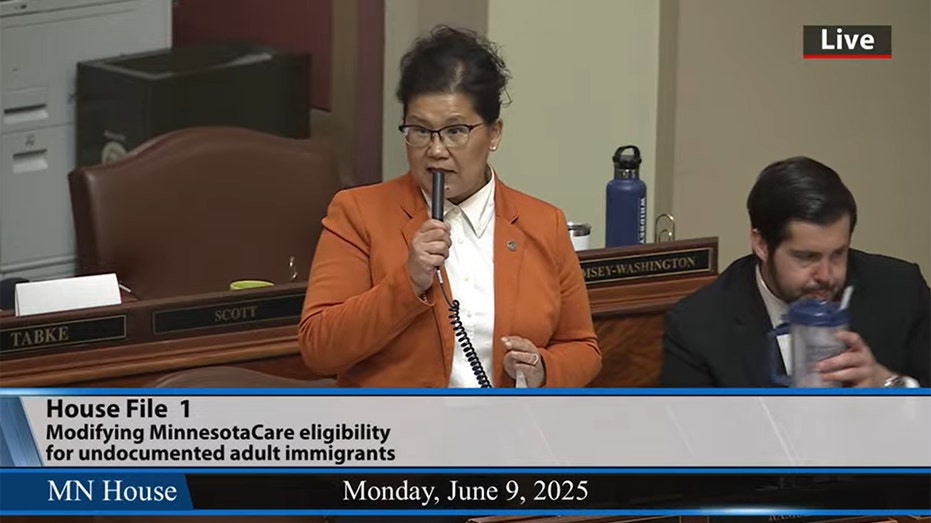Trump Budget Cuts Threaten Safety Training for America's Most Dangerous Jobs
Trump's budget cuts threaten vital safety training for America's most hazardous industries, raising concerns over worker safety.


By the time Robbie Roberge spotted the fire rapidly engulfing the galley of his fishing vessel last August, he realized he had precious few minutes to evacuate. The Three Girls, named for his daughters, was far from shore, leaving no room for hesitation as flames spread along the boat’s walls. Drawing on recent safety training, Roberge swiftly helped his crew into survival suits, deployed their life raft, and issued a mayday call that ultimately led to a successful rescue with no injuries.
Roberge credited a workshop by Fishing Partnership Support Services (FPSS) just months earlier for his preparedness during the crisis. “I have years of experience, but not dealing with emergencies,” he explained, emphasizing the importance of ongoing training in an industry where split-second decisions can mean life or death. On May 20, Roberge even cut short another fishing trip to ensure his entire six-man crew attended another FPSS safety session in Newburyport, Massachusetts.
Such lifesaving courses—targeted at America’s most hazardous occupations including fishing, logging, and farming—may face severe reductions or be eliminated altogether as early as July. The sweeping federal budget cuts initiated by President Donald Trump’s administration are placing these critical training programs at risk, say safety experts and organizations concerned about the future of workplace safety in high-risk fields.
A primary casualty of these cuts is the National Institute for Occupational Safety and Health (NIOSH), an agency that underpins much of the nation’s workplace safety training and research. On April 1, major workforce reductions saw about 875 of NIOSH’s approximately 1,000 employees terminated, including key personnel who provide technical guidance to a dozen regional Centers for Agricultural Safety and Health—centers focused on protecting workers in fishing, farming, and logging.
While approximately 300 NIOSH employees were reinstated later in the month, the vital office overseeing these safety centers was not included among them. According to staff at seven of these centers, preparations are underway to wind down operations as current funding cycles expire within months, placing future trainings and outreach in jeopardy.
J. Glenn Morris, director of the Southeastern Coastal Center for Agricultural Health and Safety in Florida, reported that his team has already started the process of scaling back, anticipating the loss of NIOSH backing at the end of September. In Alaska, the Marine Safety Education Association’s fishermen programs could exhaust their funds as soon as July 1, while FPSS anticipates potential cuts to its programming this fall.
The implications for worker safety could be profound. Without regular, high-quality emergency training, more fishermen and other high-risk workers may find themselves unprepared for life-threatening situations, ultimately increasing the strain on federal marine rescue services. John Roberts, a veteran Coast Guard search-and-rescue leader now instructing at FPSS, remarked, “The return on investment of the government is huge. If they give us this money to do this training, it’s going to lessen how much money has to be spent to rescue the untrained.”
Asked to address the job and funding cuts, a Department of Health and Human Services spokesperson stated that "the work will continue," and reaffirmed the country's commitment to supporting farmers, fishermen, and logging workers. Secretary of Health Robert F. Kennedy, Jr. defended the reductions as necessary for reducing bureaucracy and enhancing efficiency, noting that NIOSH would be consolidated with other agencies into the new Administration for a Healthy America.
Nevertheless, many in the field warn that these changes could leave workers without the essential skills and resources required to stay safe in some of America’s most perilous professions, raising concerns over what may lie ahead for occupational health and safety nationwide.




